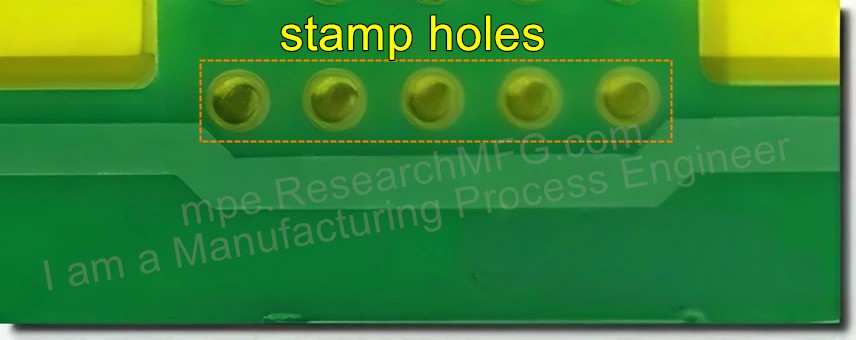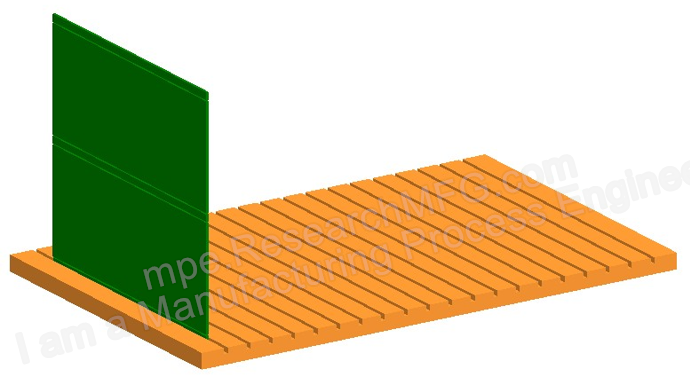
In most PCB (Printed Circuit Board) designs, panels are usually connected using V-cuts or tabs/ribs, and then separated with a V-cut scoring machine or a router de-panel machine. However, besides these two common connection methods, there’s another approach called the stamp hole design. Workingbear personally isn’t a big fan of this method, which is why it hasn’t been covered until now.
The name “stamp hole” comes from its resemblance to a sheet of postage stamps — small holes are drilled along the break line, allowing the boards to be snapped apart by hand or with pliers. This design makes manual de-paneling easy and doesn’t require special equipment, unlike the other two methods that need a scoring or routing machine.
read more…》





